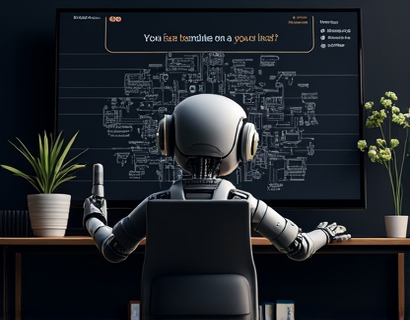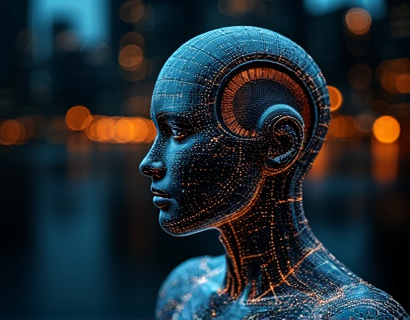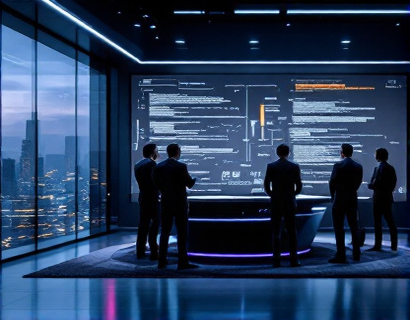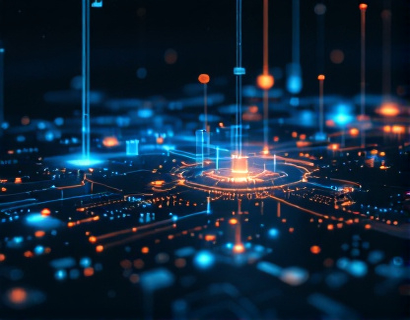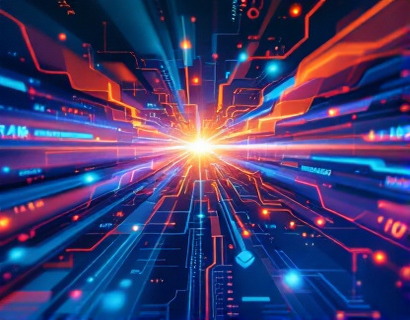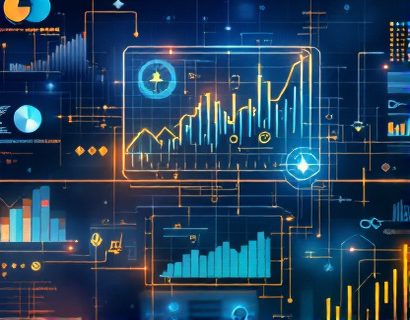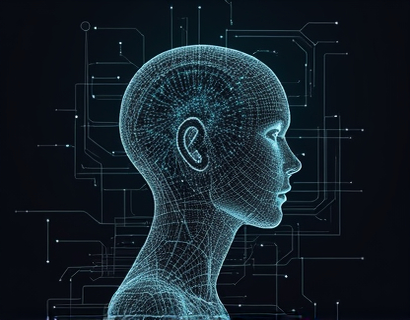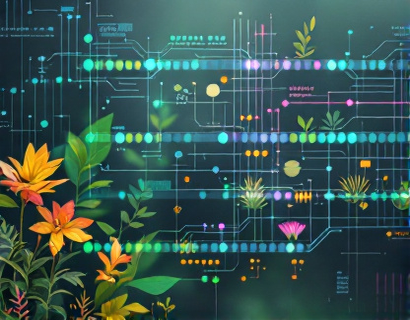AI-Powered Translation Solutions: Transforming Global Communication for Businesses and Individuals
The advent of AI-powered translation solutions has marked a significant turning point in global communication, breaking down language barriers and fostering more effective interactions between businesses and individuals across the world. These advanced tools leverage the power of artificial intelligence to provide precise and efficient translations, enabling seamless multilingual connections that were once challenging to achieve. The impact of such technology extends across various industries, from healthcare and finance to education and tourism, enhancing the way companies operate on a global scale and how people connect on a personal level.
Understanding AI-Powered Translation Technology
At the core of AI-powered translation solutions lies machine learning and natural language processing (NLP). These technologies allow systems to understand, interpret, and generate human language with a level of accuracy and context awareness that traditional translation methods cannot match. By analyzing vast amounts of data, AI models learn patterns, nuances, and idiomatic expressions, which are crucial for producing high-quality translations. This continuous learning process ensures that the translations become more accurate and culturally relevant over time.
Benefits for Businesses
For businesses, the integration of AI-powered translation solutions offers numerous advantages. One of the most significant benefits is the ability to expand into new markets with minimal linguistic barriers. Companies can communicate effectively with international clients, partners, and employees, thereby enhancing collaboration and fostering stronger business relationships. This global reach not only opens up new revenue streams but also helps in building a more diverse and inclusive workforce.
Moreover, AI translation tools save time and reduce costs associated with human translation services. While human translators are invaluable for certain tasks, they can be expensive and may not always meet tight deadlines. AI solutions provide rapid and cost-effective translations, allowing businesses to respond quickly to market changes and customer needs. This efficiency is particularly crucial in industries like e-commerce, where timely and accurate product descriptions and customer support are essential for success.
Enhancing Customer Experience
The customer experience is a critical factor in the success of any business, and AI-powered translation solutions play a pivotal role in enhancing it. By offering multilingual support, companies can cater to a broader audience, ensuring that all customers feel valued and understood. This inclusivity not only improves customer satisfaction but also builds trust and loyalty. For instance, a travel company can provide travelers with accurate and culturally sensitive information in their native language, making their journey smoother and more enjoyable.
In the realm of customer service, AI translation tools enable companies to offer support in multiple languages, addressing the needs of a global customer base. This capability is especially important for businesses operating in regions with diverse linguistic populations. By removing language barriers, companies can provide consistent and high-quality service, leading to better customer outcomes and a stronger brand reputation.
Challenges and Limitations
Despite the numerous benefits, AI-powered translation solutions are not without challenges. One of the primary concerns is the accuracy of translations, especially for complex or specialized content. While AI has made significant strides, it still struggles with nuanced language, sarcasm, and context-specific meanings. In such cases, human oversight remains essential to ensure the translations are not only accurate but also culturally appropriate.
Another challenge is the variability in language quality across different AI models. Not all AI translation tools are created equal, and the performance can vary based on the specific language pair and the complexity of the text. Businesses must carefully evaluate and select the right tools that best suit their needs and the languages they operate in. Continuous monitoring and fine-tuning are necessary to maintain high translation quality.
Applications Across Industries
The applications of AI-powered translation solutions are vast and varied, impacting multiple industries in unique ways. In the healthcare sector, accurate translations are crucial for patient care and safety. Medical documents, patient instructions, and research papers require precise translations to ensure that critical information is conveyed correctly. AI translation tools can help healthcare providers communicate effectively with patients and colleagues from different linguistic backgrounds, improving the overall quality of care.
In the financial industry, clear and accurate communication is paramount. Financial documents, reports, and client communications must be translated with precision to avoid misunderstandings that could lead to financial losses. AI-powered translation solutions can assist in translating complex financial terms and concepts, ensuring that all stakeholders have a clear understanding of the information presented.
The education sector also benefits greatly from AI translation tools. Language learning platforms can use these tools to provide students with instant translations, enhancing their learning experience. Additionally, educational institutions can offer multilingual resources and support, making education more accessible to a global audience. This is particularly important in a world where online learning and international collaborations are becoming increasingly common.
Personal Communication and Travel
For individuals, AI-powered translation solutions have revolutionized personal communication and travel. Travelers can now navigate foreign countries with greater ease, thanks to real-time translation apps that help them understand signs, menus, and conversations. This technology not only enhances the travel experience but also promotes cultural exchange and understanding. For example, a traveler in Japan can use a translation app to read a menu in a restaurant, ensuring they can enjoy local cuisine without language barriers.
In personal relationships, AI translation tools facilitate communication between individuals who speak different languages. Whether it's a romantic relationship, a friendship, or a business partnership, these tools can bridge the gap and foster deeper connections. They are particularly useful for families with members who speak different languages, enabling smoother and more meaningful interactions.
Future Trends and Innovations
The future of AI-powered translation solutions is promising, with ongoing advancements set to further enhance their capabilities. One area of focus is the integration of emotional intelligence and context awareness, allowing translations to better capture the nuances and subtleties of human language. This will make translations not only more accurate but also more natural and engaging.
Another exciting development is the use of multimodal translation, which combines text, speech, and visual elements to provide a more comprehensive translation experience. For instance, a translation app could not only translate text but also provide real-time speech translation during conversations, making interactions even more seamless. This technology has significant implications for virtual meetings, language learning, and cross-cultural communication.
Additionally, the rise of edge computing and 5G networks will enable faster and more reliable translation services, reducing latency and improving the overall user experience. As these technologies continue to evolve, AI-powered translation solutions will become even more integrated into our daily lives, further breaking down language barriers and fostering global connectivity.
Conclusion
AI-powered translation solutions represent a transformative force in global communication, offering precise, efficient, and culturally sensitive translations that bridge language gaps for businesses and individuals alike. By leveraging the power of machine learning and NLP, these tools are making it possible to connect with people from different linguistic backgrounds in ways that were previously unimaginable. As the technology continues to advance, the potential for enhanced global collaboration and understanding is immense, paving the way for a more interconnected and inclusive world.



